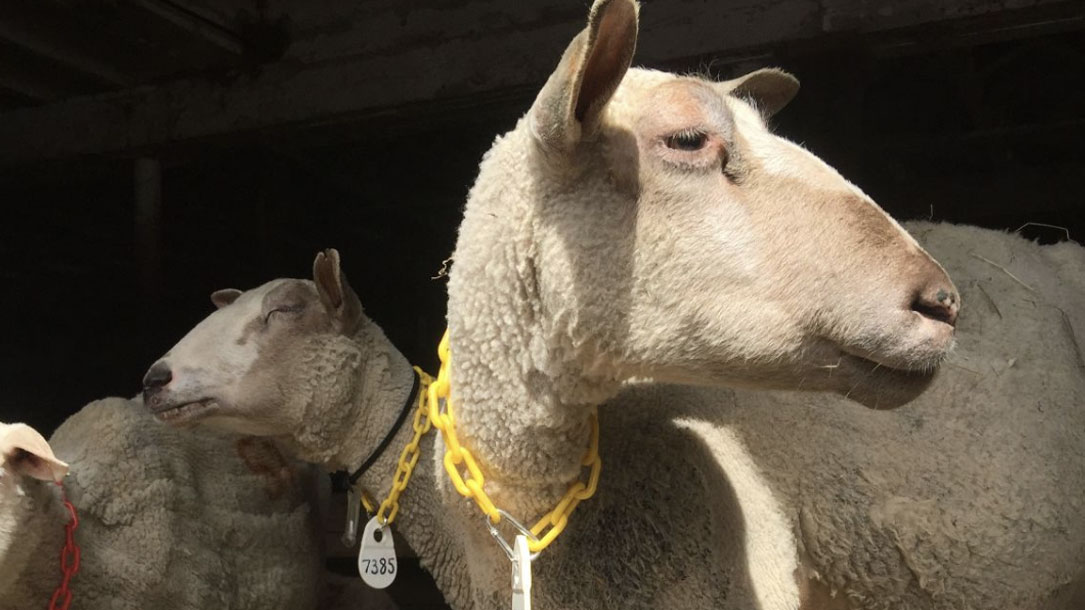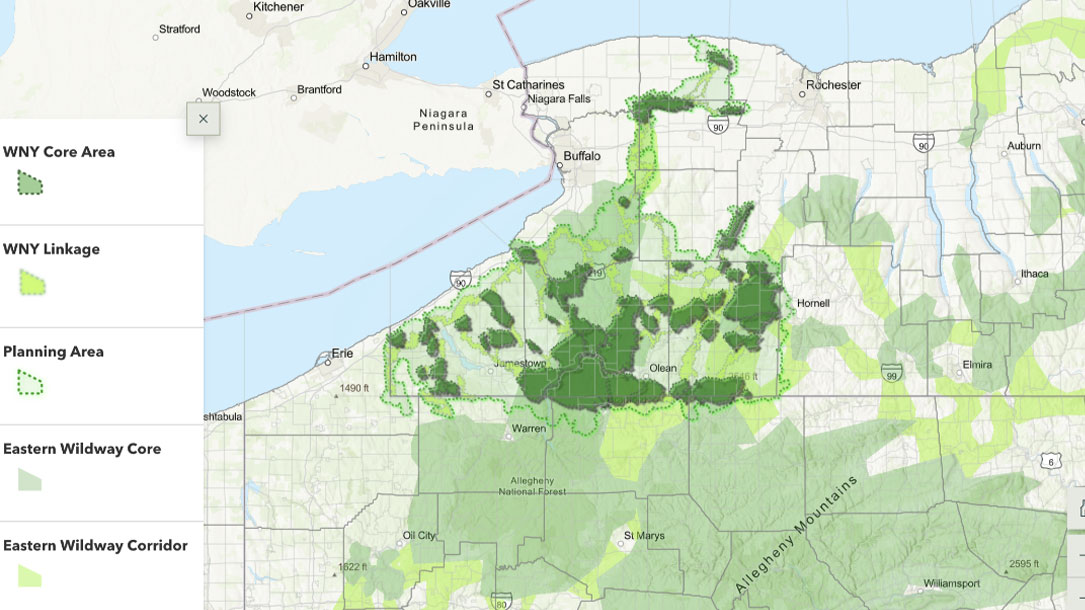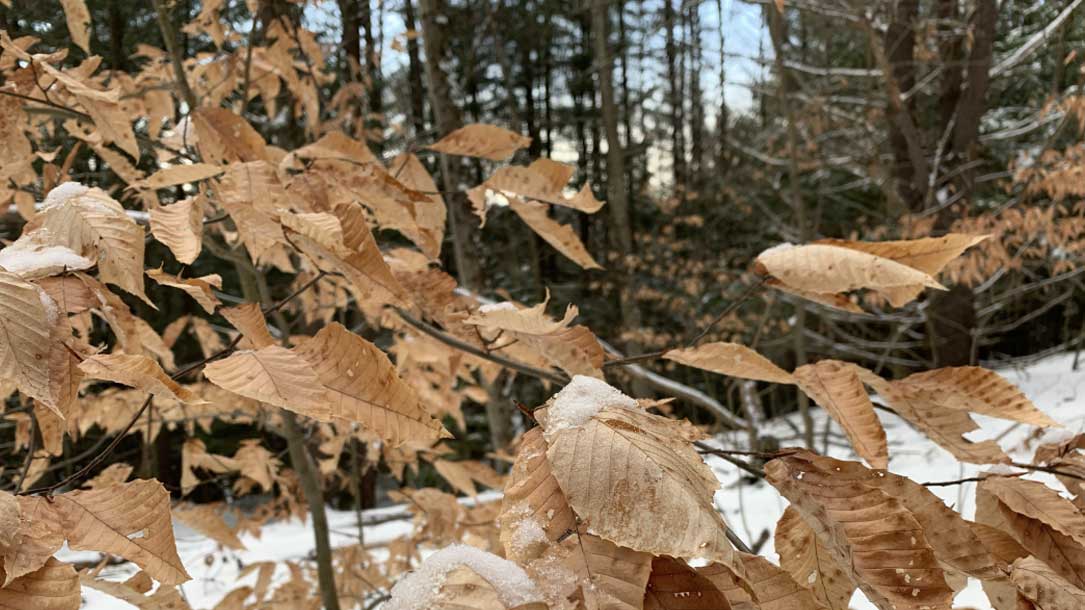Home > Climate News >

Douglas County sheep farm working to restore soil and build community, agrivoltaics
“Co-locating farming and clean energy production on agricultural land creates rural economic resiliency, provides land access for new and underserved farmers, and builds vital agricultural infrastructure. Unlocking these bottlenecks will create food security that allows small farmers to compete in a global extractive market while focusing on restorative farming practices that heal the land”…

Continental Wildways
Sustaining biodiversity requires a big-picture vision. Our projects are strategically positioned across Canada, the United States and Mexico to preserve nature at a continental scale.
Using the principles of conservation biology, our founders identified the core native wildlife habitat areas and the corridors that connect them. We call them Wildways. This innovative concept has fundamentally shaped conservation projects across North America.

A bold initiative
The Western New York Land Conservancy is leading an effort to create the WNY Wildway, an ambitious long-term plan to protect and connect the largest of their region’s remaining forests. The Wildway will connect the vast forests of northern Pennsylvania to the Great lakes, through to the Finger Lakes, the Adirondacks, and beyond. It will form part of the Eastern Wildway which runs all the way from Canada to the Gulf of Mexico.
The Wildway will allow plants and animals to roam across the land as they once did, to move as climate changes, and to expand their ranges and ensure their survival. It will allow wildlife that have disappeared from their region to return home.
You can learn more, and perhaps draw inspiration for your own region, by viewing their “story map” which provides images as well as text to convey the challenges and solutions.

North American Grasslands Conservation Act brings restoration partnerships to the prairie
Last summer, Senators Ron Wyden of Oregon and Michael Bennet of Colorado introduced the North American Grasslands Conservation Act, which will provide resources to farmers, ranchers, and Tribes to voluntarily take steps to prevent the loss of grasslands and, when possible, restore them. Now, in the 118th Congress, lawmakers are considering additional updates to this bill and a bipartisan introduction in both the House and Senate is on the horizon.
This bill will create a voluntary, incentive-based grant program that focuses on partnering with private landowners — the stewards of their lands and waters — to conserve and restore grasslands across the country. The availability of grants is designed to be flexible, as the needs of one landowner to conserve grasslands will vary greatly across the nation: restoration of degraded grasslands, mitigating the threats of wildfire and drought, restoring watersheds, and improving the health of rangelands are among the many eligible activities for such grants…

Report: New England forests can do more to combat climate change
“What this report shows is how with even moderate changes in land-use practices we can increase the amount of carbon sequestered and stored in our landscape. To me, as I watch us fail to meet nearly every emissions reduction target, the case for including New England forests in our policy discussions just gets stronger and stronger. These are things we can do today and they come with a range of other benefits that are good for all of society”…

Largest urban forest carbon credit purchase to support conserving land
The largest urban forest carbon credit sale in the nation, as of 2021, will support land conservation in the southwestern Pennsylvania region by Allegheny Land Trust.
This significant purchase increases the capacity of the land trust to conserve and care for more crucial green space in southwestern Pennsylvania…

Land trust works with partners to complete forest-thinning project in Angwin
The Land Trust of Napa County, California State Coastal Conservancy, Napa County Resource Conservation District (Napa RCD), and the Natural Resources Conservation Service are pleased to announce completion of a large fuels reduction and forest health project on the Land Trust’s Linda Falls Preserve in Angwin, CA.
This preserve is open to the public and many visitors come to the property to hike and see Linda Falls, a waterfall along Conn Creek.
The project involved thinning the forest across 120 acres. The thinning is aimed at both reducing the risks of wildfire along the southeast flank of the community of Angwin and increasing the resilience of the forest to fires, drought and other effects of climate change.
Angwin is one of the few areas in the hills of Napa County that has not burned in the last five years so wildfire risk reduction there is a priority for CAL FIRE, Napa Communities Firewise, and Napa County Fire…

How satellite-guided cows might save the Kansas prairie and make ranchers more money
STRONG CITY, Kansas — Third-generation rancher Daniel Mushrush has 30-plus miles of barbed wire fence to tend to.
Calves wriggle beneath it. The wires get loose. Wild animals take a toll. And when streams surge after storms, rushing water often snaps sections in two.
For Mushrush and his family, the fence-mending on their Flint Hills ranch never ends. It’s inescapable.

Climate change threatens the Great Plains, but bison may hold a key to resilience
“The 8,600-acre Konza Prairie Biological Station where Kansas State conducts its bison research lies in the Flint Hills, North America’s biggest remaining stretch of tallgrass prairie.
Once one of North America’s major ecosystems — covering large swaths of the Great Plains from what is today central Texas to south-central Canada — settlers and their descendants destroyed more than 95% of the continent’s tallgrass prairie for cropland and other development. Tallgrass in the Flint Hills escaped the plow only because the region’s shallow soil and rocky layers made farming less practicable there…
Bison act and eat differently than cattle do, though biologists say not all the differences are clear yet. Few studies compare these two bovine herbivores side by side.
Still, a few differences jump out. The bigger species not only eats more grass, it also spends less time along streams than cattle do and more time on hilltops…”
Cattle may not boost plant biodiversity on the prairie as much as bison do, but The Nature Conservancy thinks it’s possible to manage them in ways that support healthier grassland.
They are working with a Flint Hills cattle rancher near Strong City in Kansas, along with Kansas State scientists, to see how fitting a herd with GPS collars might help….

Nature-based solutions funding database
National Wildlife Federation has created an interactive database for communities interested in pursuing federal funding and/or technical assistance for nature-based solutions. You can use their filters to search for nature-based solutions funding and technical assistance resources that fit your needs. For additional information on search filters, see their Glossary page.












